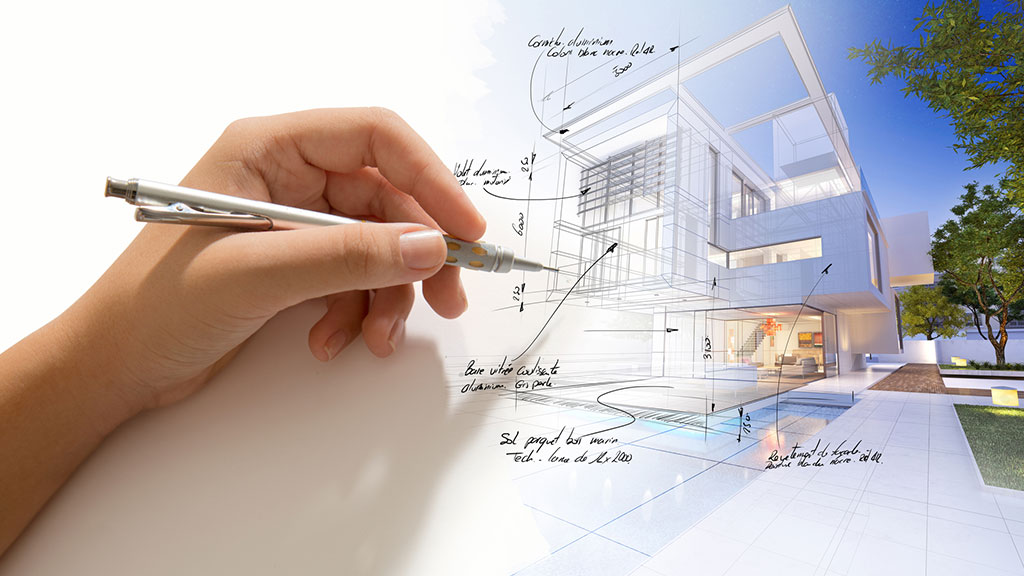The latest trends in architecture and design go beyond energy and water efficiency to now focus on ways to improve the health and wellness in our daily lives. In architecture, aesthetic decisions can be responsibly made to impact and improve people’s health and well-being.
A year or so ago, the words health and wellness were viewed differently than it does today. With health and well-being top of mind for the world, wellness-oriented spaces in both commercial and residential settings are prioritizing much more than just relaxation and pampering.
The pandemic crystallized the need we all have for mental and physical health, and we have had time to reflect on our pace of life and the impact of technology, both good and bad. This, in turn, means that architects and designers of spaces need to articulate a response that delivers on not only an aesthetic level but creates a healthy environment to alter moods and assist rejuvenation of the people who come into contact with the space we design and construct.
By implementing innovative ideas in our designs, we can serve the diverse needs of others. Architectural design can do wonders for those in need of physical and physiological health. These holistic designs deliver hope for the creation of more eco-friendly and efficient structures that provide life-changing benefits to communities around the globe.
If you have been asking, how can architecture improve health? Here are some tips from the experts: https://gbdmagazine.com/how-can-architecture-improve-health/

